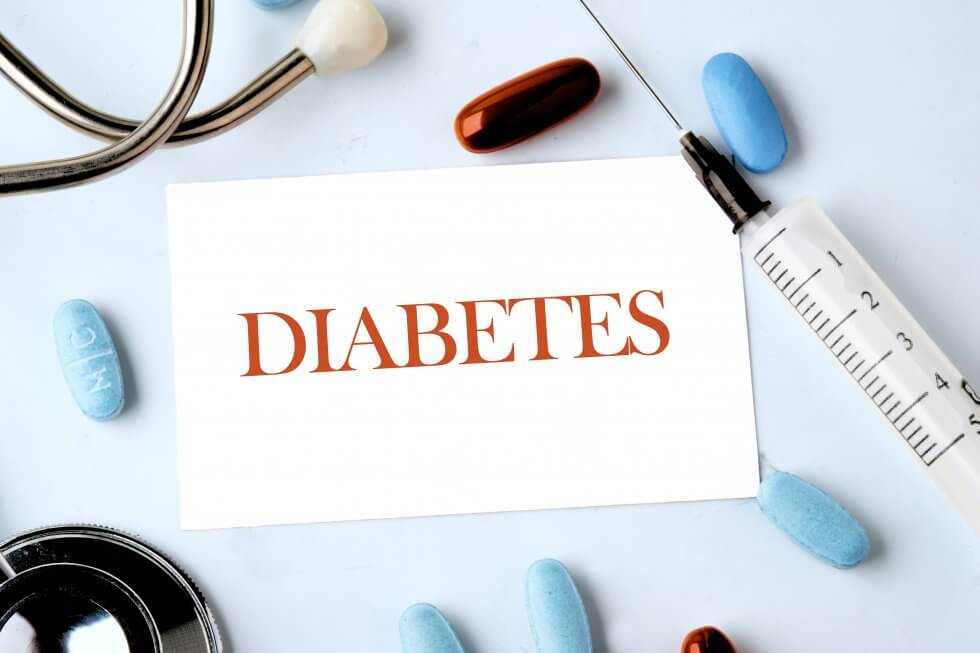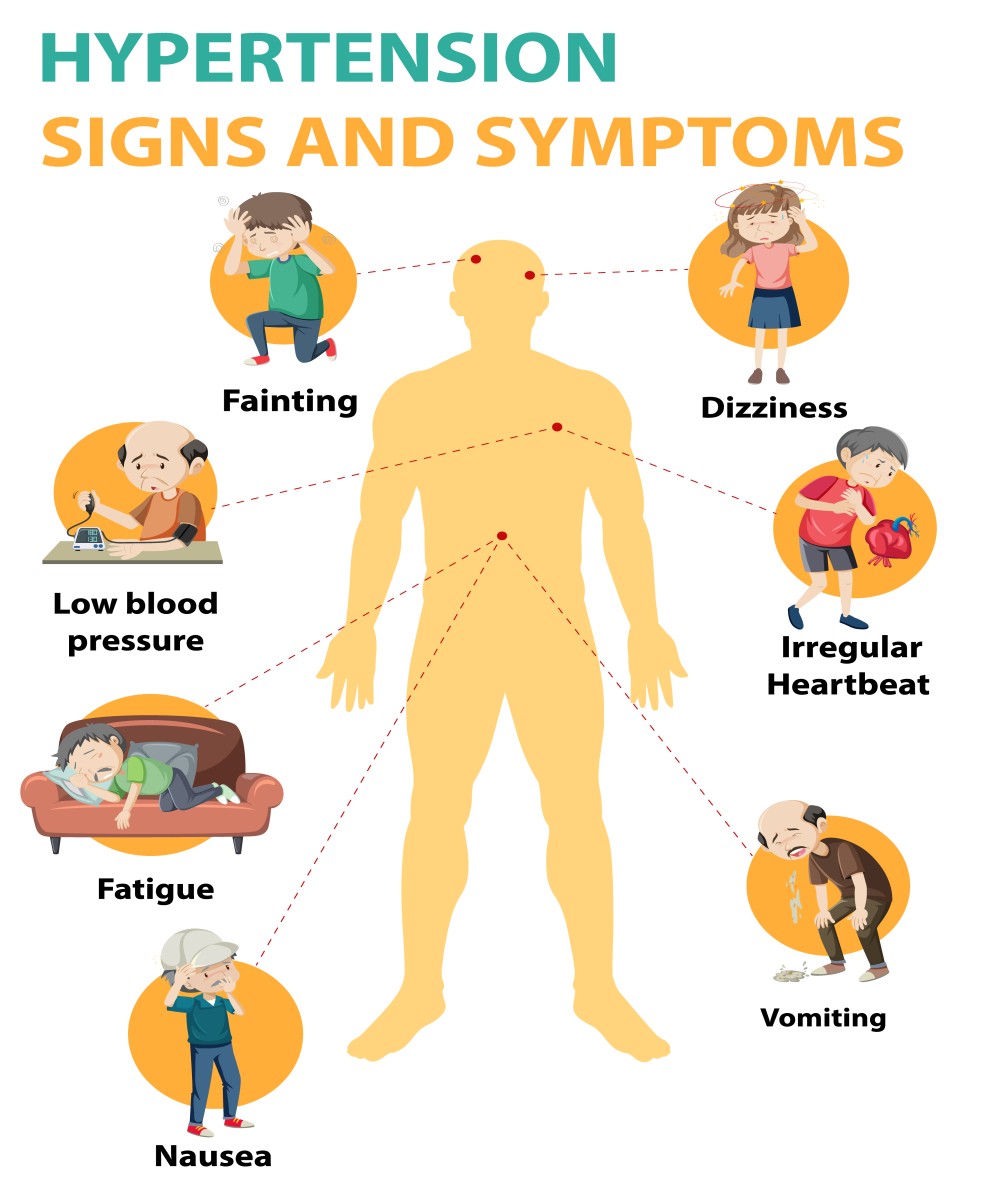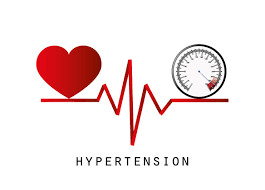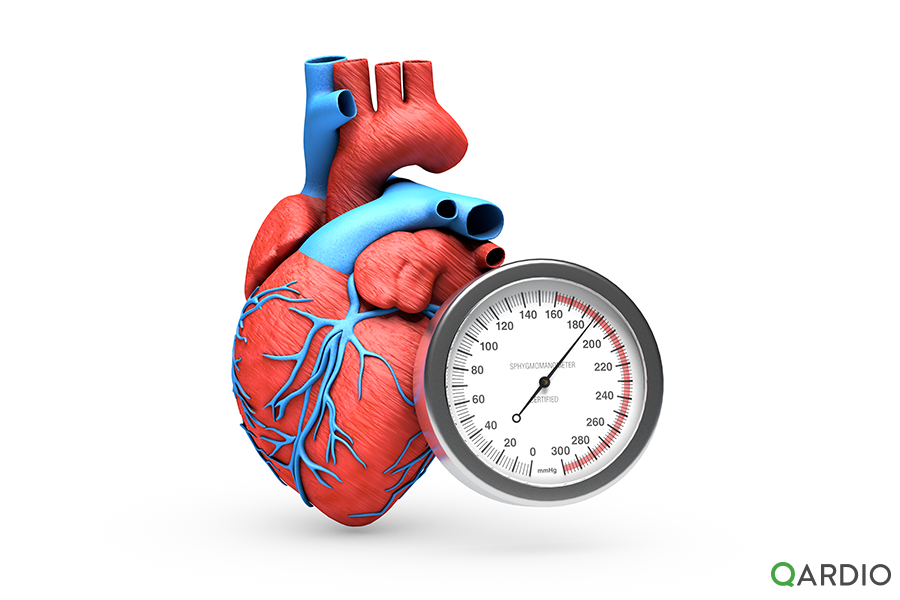
Lorem ipsum dolor sit amet, consectetur adipiscing elit. Ut elit tellus, luctus nec ullamcorper mattis, pulvinar dapibus leo.
Diabetes is a life-long condition that causes your blood sugar levels to become too high.
Sugar in the blood is also known as glucose, it’s your body’s main source of energy. It comes from the food you eat, particularly carbohydrates like bread and potatoes.
Glucose is carried through the bloodstream to cells around the body to give them energy to work. When there’s glucose in the bloodstream, the pancreas (an organ near the stomach) makes a hormone (a chemical messenger) called insulin. Insulin tells the body’s cells to absorb the glucose and use it as energy.
In somebody with diabetes, their body can’t absorb glucose because there is a problem with their insulin. This means:
• their cells don’t use the glucose for energy
• the unused glucose stays in their blood and builds up
• the excess glucose can damage their arteries (arteries carry oxygen-rich blood and nutrients around the body)
• if their arteries are damaged, it can increase their risk of developing heart and circulatory diseases.
What are the types of diabetes?
There are two main types of diabetes:
• Type 1 diabetes - when your body can’t make insulin because your immune system (which usually protects your body from bad bacteria and viruses) destroys the cells that make it.
• Type 2 diabetes - when your body doesn’t make enough insulin or your body doesn’t use the insulin it makes properly.
Around 1 in 12 people with diabetes have type 1 diabetes. Type 2 diabetes is a common condition.
Sometimes, pregnant women can develop diabetes which usually disappears after giving birth. This type of diabetes is called gestational diabetes.
What causes diabetes?
The cause of type 1 diabetes is unknown. Scientists understand type 1 diabetes causes the body to attack the cells that make insulin. Research is happening to understand why that is.
The cause of type 2 diabetes is a problem with the amount of insulin being made or used. The body can’t control its blood sugar levels so they keep rising. It’s often linked to:
• being physically inactive
• having excess weight or obesity
• having a family history of type 2 diabetes
• having pre-diabetes – when your blood sugar levels are above the normal range but not high enough to be diagnosed as diabetes.
It usually develops gradually and affects more adults over the age of 40. But it can develop at any age. And if you have a South Asian, African Caribbean or Black Asian background, you might have an increased risk of developing Type 2 diabetes.
What are the signs and symptoms of diabetes?
The symptoms of type 1 and type 2 diabetes are:
• blurred vision
• feeling very tired
• feeling very thirsty
• losing weight without trying
• having breath that smells fruity
• peeing more than usual, especially during the night
• having itchy genitals or thrush that keeps coming back
• having cuts, grazes or bruises that take a long time to heal.
If you or someone in your family are experiencing any of these symptoms it might be a sign of diabetes. You can visit your local GP; they will run some simple tests to find the cause of your symptoms.
How is diabetes diagnosed?
Type 1 and type 2 diabetes are usually diagnosed with a few simple tests at your local GP. If your doctor thinks your symptoms might be a sign of diabetes, they will usually arrange a blood test.
Your doctor will test your blood to check your sugar levels. The results might take up to a couple of days. Your doctor will explain your results to you and answer any questions.
How is diabetes treated?
The treatments for type 1 and type 2 diabetes can be slightly different.
Eating a healthy balanced diet and being physically active are recommended to support the treatment for both types, especially type 2. This is because type 2 diabetes is linked to having excess weight or obesity. But it can also help you sleep better and feel more energised.
• The treatment for type 1 diabetes is insulin injections multiple times a day, regular exercise and a healthy balanced diet.
People with type 1 diabetes can’t make insulin because their body attacks the cells that make it. This means their body needs to be given insulin to control their blood sugar levels. And they will need to monitor their blood sugar levels multiple times a day.
There are different types of insulin injections. If you have type 1 diabetes, your doctor will explain the types of insulin you need, how often you need them and how to check your blood sugar levels.
• The treatment for type 2 diabetes is usually medication and a keen focus on regular exercise and a healthy balanced diet.
Most people need medicine to control their type 2 diabetes. The medicine helps to lower the amount of sugar in your blood. This can reduce the risk of developing other health problems like heart and circulatory diseases.
Sometimes, people with type 2 diabetes might need insulin injections. And, their doctor might ask them to check their blood sugar levels regularly. But most type 2 diabetics don’t have to.
The type of medication, the amount you take and if you need insulin injections might change over time. You will have regular check-ups with your doctor to review your treatment plan.
Some people with type 2 diabetes may be able to stop taking medication if they can control their blood sugar levels with a healthy balanced diet, regular exercise and by losing weight.
How does diet and exercise affect diabetes?
If you are diabetic, eating a balanced diet and limiting certain foods is important. Your doctor will usually advise you to:
• Eat a range of foods including fruit, vegetables and starchy foods like pasta.
• Eat breakfast, lunch and dinner every day – skipping meals can cause your blood sugar levels to go too low.
• Reduce the amount of high-sugar, high-fat and high-salt foods and drinks you have.
Being physically active is another great way to control your blood sugar levels. Exercise helps to lower the amount of glucose (sugar) in your blood because your muscles need to use more of it. This can reduce your risk of developing heart and circulatory diseases and other complications. Physical activity can also boost your mood; help you feel less tired, and it can be fun too.
Adults in the UK are recommended to get around two and a half hours of exercise a week. As long as you’re doing something to get you out of breath, it can be anything:
• swimming
• riding a bike
• brisk walking with your dog
• playing with a frisbee in the park
• pushing a lawn mower or hoovering.
If you are diabetic, it is important to manage your blood pressure and cholesterol level to reduce your risk of developing heart and circulatory diseases. And having a healthy weight is the best way to manage your blood pressure, cholesterol level and diabetes.
People living with excess weight or obesity and diabetes will usually be advised by their doctor to make small lifestyle changes to have a healthy weight. If you are worried about your weight, you can visit your local GP service for weight loss advice and support.
How does diabetes increase my risk of heart and circulatory diseases?
Type 1 and type 2 diabetes cause unused glucose (sugar) to build up in your blood. This can damage the arteries that carry blood, oxygen and nutrients around your body.
When arteries get damaged, it’s easier for fatty material to stick to the artery walls. This can clog the arteries and reduce the space for blood to flow properly.
• If the arteries carrying blood to your heart get clogged, it can lead to a heart attack.
• If the arteries carrying blood to your brain get clogged, it can lead to a stroke.
What are the complications of diabetes?
Type 1 and type 2 diabetes can cause other health problems if it’s not controlled properly. But try to not let this worry you, your doctor will review your symptoms and your treatment plan with you to reduce your risk of complications.
Some of the complications of diabetes can occur at any time and some can build up over time. The complications can include:
• eye and sight problems
• gum disease and teeth problems
• difficulty getting sexually aroused
• being more likely to get thrush or urinary tract infections
• nerve damage which might affect feeling, moving or hearing
• heart and circulatory diseases like heart attack, stroke and vascular dementia
• feeling shaky, sweaty, or disorientated from a quick rise or dip in blood sugar levels
• diabetic ketoacidosis – when the body can’t use sugar for energy it starts to use fat instead, this mostly affects type 1 diabetics.
Diabetic ketoacidosis is a serious condition. It’s important to know the signs. If you or someone you know are diabetic and are showing symptoms, you should call 999 or go to A&E immediately.
Reference: British Heart Foundation



Related Posts
High Blood Pressure (Hypertension)
High blood pressure (hypertension) is very common. Although it doesn’t often come with symptoms, knowing…













